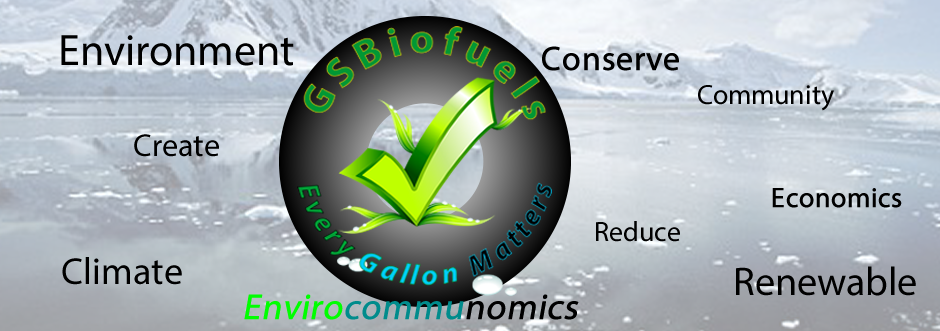Colorado State University (CSU) researchers are predicting an “above-average” Atlantic hurricane season this year, with a likelihood of more frequent storms, including nine hurricanes and 17 named storms.
The Tropical Cyclones, Radar, Atmospheric Modeling, and Software (TC-RAMS) Team within the Department of Atmospheric Science at CSU cited warmer than average sea surface temperatures in the subtropical eastern Atlantic Ocean and the Caribbean Sea as a primary factor in their prediction, a press release from CSU said.
Levi Silvers, one of the authors of the report and a research scientist in the Department of Atmospheric Science at CSU, said the increase in storm activity is significant, though slightly lower than last year’s forecast.
“It’s a noticeable and important difference, because it matters for people along the coastlines whenever we have an above average season,” Silvers told CBS News.
The tropical Pacific is currently experiencing weak La Niña conditions, but it is likely that they will transition to neutral El Niño-Southern Oscillation (ENSO) conditions in the next two months.
The odds of El Niño occurring this hurricane season are just 13 percent, according to the most recent NOAA outlook.
“When waters in the eastern subtropical Atlantic are much warmer than normal in the spring, it tends to force a weaker subtropical high and associated weaker winds blowing across the tropical Atlantic. These conditions will likely lead to a continuation of above-average water temperatures across most of the tropical Atlantic for the peak of the 2025 hurricane season. A warm Atlantic favors an above-average season, since a hurricane’s fuel source is warm ocean water. Additionally, a warm Atlantic leads to lower atmospheric pressure and a more unstable atmosphere,” the press release said.
The CSU forecasters said there is still “considerable uncertainty” about what phase ENSO will be in during the peak of the Atlantic hurricane season, which occurs from August to October.
“Given the combined hurricane-favorable signals of a warm Atlantic and the unlikelihood of El Niño, the CSU forecast team is predicting an above-normal season,” the press release said.
The Atlantic hurricane season runs from June 1 to November 30.
Of the nine predicted hurricanes, the researchers forecast four to reach Category 3, 4 or 5 “major hurricane” strength, packing sustained winds of at least 111 miles per hour.
“So far, the 2025 hurricane season is exhibiting characteristics similar to 1996, 1999, 2006, 2008, 2011 and 2017,” said lead author of the report Phil Klotzbach, a senior research scientist with CSU’s Department of Atmospheric Science, in the press release.
“While the average of our analog seasons was above normal, the large spread in observed activity in our analog years highlights the high levels of uncertainty that typically are associated with our early April outlook,” Klotzbach added.
The research team uses a statistical model for its forecasts, as well as four models based on a combination of predictions and information from the United Kingdom’s Met Office, the European Centre for Medium-Range Weather Forecasts, the Centro Euro-Mediterraneo sui Cambiamenti Climatici and the Japan Meteorological Agency.
Using historical hurricane season data from 25 to 40 different years, the models evaluate conditions and variables like Atlantic sea surface temperatures, vertical wind shear, sea level pressures, ENSO and other factors.
The forecast team predicted that this season’s hurricane activity will be roughly 125 percent of the average hurricane season from 1991 to 2020. In comparison, last year’s activity was approximately 130 percent of an average season.
The CSU team will issue forecast updates on June 11, July 9 and August 6.
The researchers warned coastal residents to always take proper precautions.
“It takes only one storm near you to make this an active season for you,” said co-author of the report Michael Bell, a professor of atmospheric science at CSU, in the press release.
The post Atlantic to See ‘Above-Average’ Hurricane Season, Colorado State University Researchers Predict appeared first on EcoWatch.




